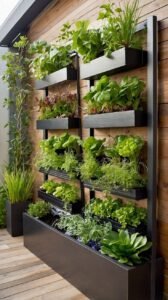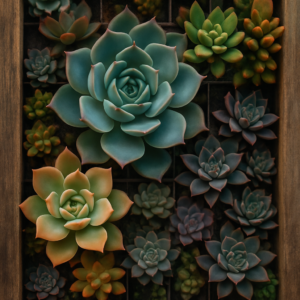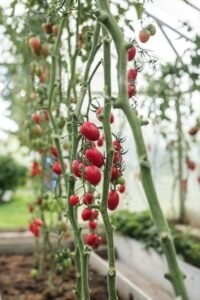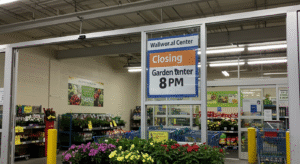Eco Garden Systems
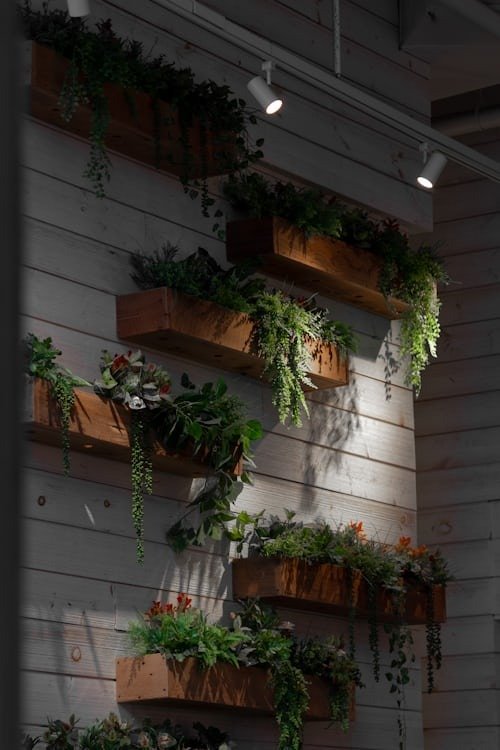
Eco Garden Systems
This paper discusses the importance of the principles of sustainability in the contemporary world, where urbanization is on the rise. Urban development leads to the replacement of green land by urban infrastructure, which means that it becomes increasingly difficult for green dedicated spaces to be developed in a city. Based on the presented situation, eco garden systems, particularly vertical gardens, can be regarded as rather useful.
These gardens are designed to take advantage of all the available vertical space, whereby plants have to grow in vertical positions rather than spreading horizontally. Thus, incorporating vertical gardening in today’s environment allows individuals to create a green space in a busy schedule, at the same time-saving space and going green.
What is a Vertical Garden?
Vertical gardening, also known as living wall growing, is one where plants are planted in a vertical layout using such features as frames, panels, or even boxes. It differs from traditional garden designs that are laid flat on the ground; vertical garden designs use wall or fence space, which is why they fit well in spaces that are small or located in urban areas. These can be done both indoors and outside and are generally contained in a structure that facilitates the growth of plants either on the ground, hydroponically, or even in the air. This leads to the conservation of conventional ground-based gardening, as the current one is and can be considered one of the most innovative and efficient ways of cultivating plants within a limited area.
Benefits of Eco-Friendly Vertical Gardens
Thus, going back to the initial discussion about the necessity of vertical gardens, it should be mentioned that there are several environmental advantages associated with it that come as a result of the growing practice of constructing vertical gardens. A major function that can be attributed to them is that they act like lungs to the city, helping in the conversion of carbon dioxide to oxygen, thus enhancing the quality of the air. Also, these gardens act as a partial solution to the heat island effect due to the potential of transpiration – the process of cooling through sweating. They also help in saving energy because they make good thermal insulation for the buildings, therefore eliminating the need for frequent air conditioning.

Besides, the use of vertical gardens is good for efficient water usage, especially where the hydroponic or drip methods of irrigation are used. As compared to conventional gardens that call for substantial water, the vertical ones use a lot less, as it is recirculated. These gardens are also important because the plants grown in these gardens enhance wellbeing and act as a source of greenery for those people. To those with scarce spaces of having their land, such as in urban areas, the vertical garden allows one to grow fresh herbs, vegetables, and flowers, among others, in a vertical space.
Types of Eco Garden Systems
Depending on their design, there are several styles of vertical gardens which have distinct advantages.
Hydroponic systems are other systems that rely on water as a growing medium for plants without soil factors. It has been observed that hydroponic vertical gardens are very useful for cultivating vegetables and herbs where soil is not easily available in urban areas. It has been noted that they are easy to attend to and do not need the use of soil as in a normal garden.
Living walls: These are also known as green walls and refer to large structures that accommodate plants of various species. Some of them can be fixed on the inside of the building while others on the outside and have qualities such as air purification and insulation.
Modular Plant Panels: These are varieties of plant Culverts that can be affixed on walls or fences. Specifically, plants are arranged in plant boxes which are in turn stored in flexible and reusable modules. It is thus suitable for both residential and commercial buildings due to these features.
The main gist of those systems is that each of them has its strengths regarding how easy the setting of the system is, how easy it is to maintain, and how sustainable it is over time, which makes for a lot of choices that depend on the amount of space available and what is wanted from the garden.
How to Set Up Your Own Eco Vertical Garden
One thing that makes the planting of vertical gardens interesting is that it is quite easy to set up at home. To begin with, one has to select good land that can be easily irrigated with enough sunlight for plant growth. Choose between mods for plant panels or modular hydroponic systems, depending on space and the selected plants that should be planted.
It is appropriate to have the right equipment, such as a frame wall mount or irrigation system, and pots. Choose plants that are suitable for vertical gardens, like herbs, succulents, or greens. Position your system where it can be protected, and if you require a water supply,y it should be arranged too. Keep pruning parts of the plant and check for and correct any issues dealing with water and the ground.
Conclusion
Vertically, the gardens are sustainable, innovative methods that can be used for planting in limited urban areas while enhancing the environment. Integrating such systems in homes and offices as well as personal life is environmentally friendly, decreases one’s carbon footprint, and boosts well-being. Therefore, using the services provided at this website, anybody can launch their own eco vertical garden and turn their homes into a real jungle even if there is not a drop of green space around, living a truly environmentally friendly life.
